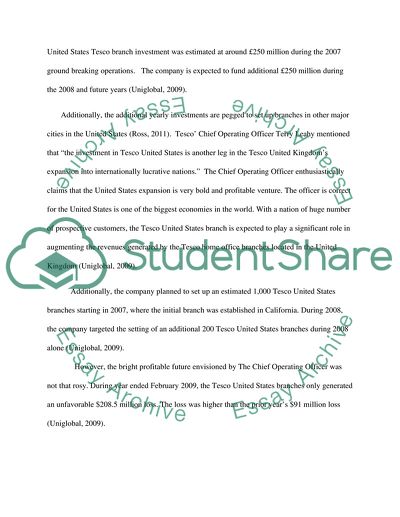Cite this document
(“Retail Failure of Tesco Essay Example | Topics and Well Written Essays - 2500 words”, n.d.)
Retail Failure of Tesco Essay Example | Topics and Well Written Essays - 2500 words. Retrieved from https://studentshare.org/marketing/1616750-critcal-discuss-and-evaluate-a-retail-failure
Retail Failure of Tesco Essay Example | Topics and Well Written Essays - 2500 words. Retrieved from https://studentshare.org/marketing/1616750-critcal-discuss-and-evaluate-a-retail-failure
(Retail Failure of Tesco Essay Example | Topics and Well Written Essays - 2500 Words)
Retail Failure of Tesco Essay Example | Topics and Well Written Essays - 2500 Words. https://studentshare.org/marketing/1616750-critcal-discuss-and-evaluate-a-retail-failure.
Retail Failure of Tesco Essay Example | Topics and Well Written Essays - 2500 Words. https://studentshare.org/marketing/1616750-critcal-discuss-and-evaluate-a-retail-failure.
“Retail Failure of Tesco Essay Example | Topics and Well Written Essays - 2500 Words”, n.d. https://studentshare.org/marketing/1616750-critcal-discuss-and-evaluate-a-retail-failure.


